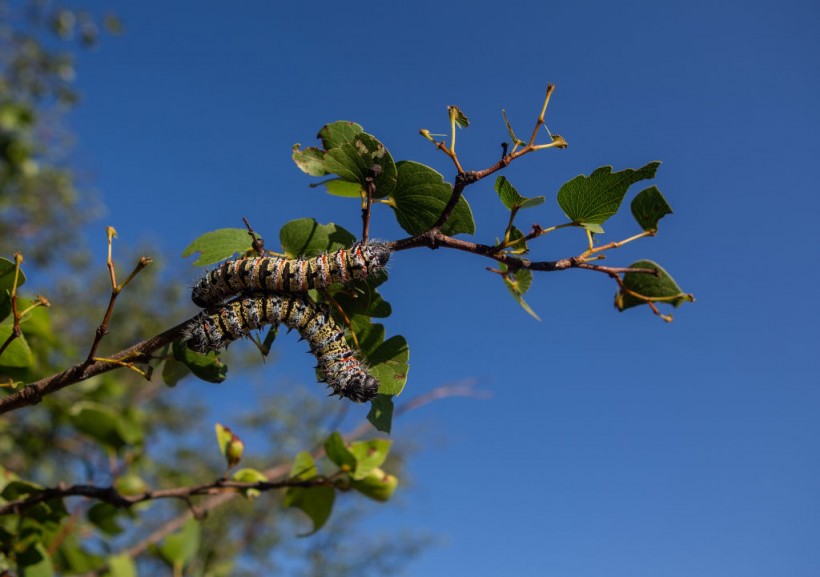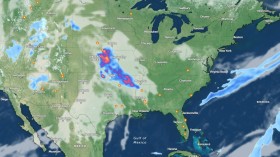Experts discovered in North Greenland the fossils of carnivore worms that were believed to have lived 518 million years ago. The study said that these large worms could be some of the earliest carnivorous animals or predators to have colonized the water column.
The recently-discovered fossil animals have been named Timorebestia, which means ''terror beasts'' in Latin.
Evolution of Predation

The Ediacaran-Cambrian transition, which took place 540 million years ago, was marked by an exceptionally large expansion in animal diversity and disparity. This was coincident with the exploration of new regions of ecospace through deeper and more varied burrowing strategies and colonization of the water column.
The causes underlying this evolutionary "explosion" have remained debated, but the convergent evolution of predation and ensuing arms races are nevertheless considered key components.
Experts said that the establishment of higher trophic levels would also have fueled the biological pump, by concentrating nutrients and drawing down organic carbon.
Researchers described Timorebestia as wide-bodied "amiskwiiform" with lateral fins along most of the trunk length. They said that its body and the lateral fins taper distally and terminate in a well-developed rounded caudal fin.
Distinct fin rays are also present with no rayless zone separating the trunk and tail fins. Anterior region of trunk tapers markedly into a short head bearing a pair of long antennae, which are about half the length of the body.
Meanwhile, an internal jaw apparatus in the anterior trunk region consists of a pair of larger subtriangular elements connected by a symphysis, a pair of blunt anterior elements, and a single anterior, presumed ventral/basal, plate.
On the other hand, longitudinal muscles occurring in discrete bands are present in the trunk with additional sparse and delicate outer circular/transverse muscles.
Scientists said that the digestive tract extends from the trunk-head transition and terminates anterior to the caudal fin with no septum separating the caudal region from the trunk.
Experts explained that because of preservation of tissues as both reflective films and sclerotized structures with relief and through phosphate mineralization, we can reconstruct the anatomical associations of fin rays, musculature, the digestive tract, internal jaw apparatus, and the ventral ganglion in Timorebestia.
They said that the Amiskwia shares this suite of body plan features with Timorebestia, and these taxa have a combination of characters that are not seen in any group of extant gnathiferans and are hereafter referred to as "amiskwiiforms."
The affinities of amiskwiiforms have been debated ever since Amiskwia was first described and most recently in terms of their position within the Chaetognathifera.
Read Also: Prehistoric Worms Come Back To Life After 42,000 Years Of Being Frozen
Top Of The Food Chain
Studies have shown that Timorebestia is a distant, but close, relative of living arrow worms, or chaetognaths.
These are considered as much smaller ocean predators today that feed on tiny zooplankton.
Research has shown that the ancient ocean ecosystems were fairly complex, with a food chain that allowed for several tiers of predators.
Timorebestia were giants of their day and would have been close to the top of the food chain.
That makes it equivalent in importance to some of the top carnivores in modern oceans, such as sharks and seals back in the Cambrian period.
Related Article: Parasitic Worms Sniff Out their Victims
© 2024 NatureWorldNews.com All rights reserved. Do not reproduce without permission.


![Roundworms with Short Memories 'Stop Forgetting' When Frozen or Given Lithium [Study]](https://1471793142.rsc.cdn77.org/data/thumbs/full/70295/280/157/50/40/roundworms-with-short-memories-stop-forgetting-when-frozen-or-given-lithium-study.jpg)


